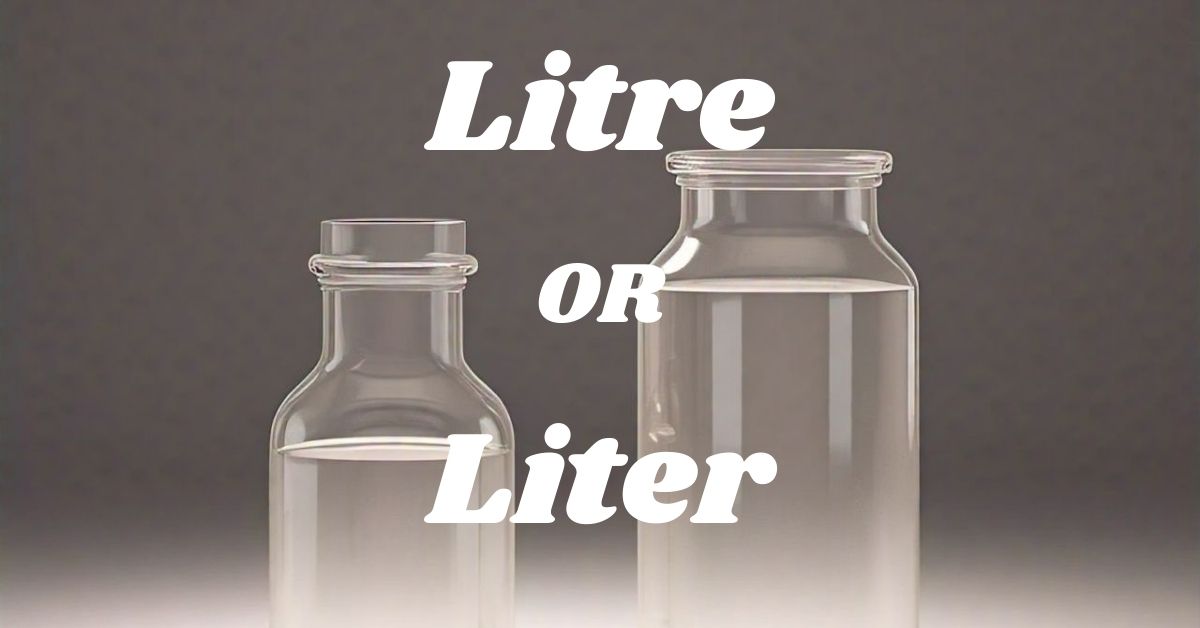Litre or Liter: which spelling should you use? This question often arises for those navigating the complexities of English language variations. While both terms represent the same unit of measurement for volume in the metric system, their usage differs significantly between British English and American English.
Understanding these spelling differences is crucial for effective communication, especially in an increasingly globalized world. The choice between “litre” and “liter” not only reflects regional language preferences but also highlights the rich history of the English language.
In this article, we will explore the origins, definitions, and practical applications of both spellings to clarify when to use each one.
Understanding Litre or Liter
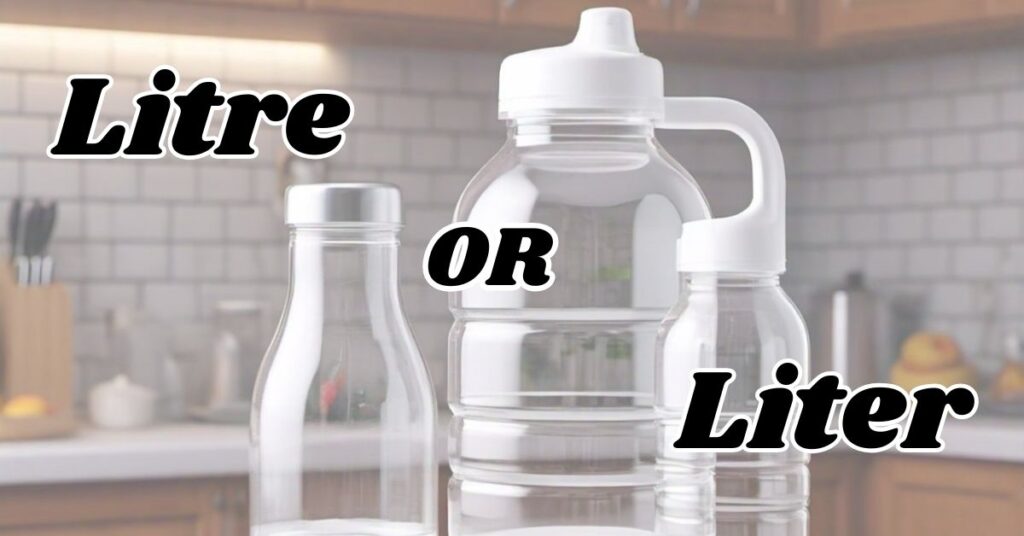
A litre (or liter) is a common unit of volume measurement in the metric system, equivalent to 1,000 cubic centimeters. This unit is widely used in various contexts, including cooking, science, and everyday life.
In the United States, “liter” is the preferred spelling, while “litre” is commonly used in countries that follow British spelling conventions. Understanding these regional language variations helps in effective communication, especially in international contexts where multinational language usage is essential.
Why is There Confusion?
The confusion surrounding “litre” vs “liter” often stems from historical factors and regional preferences. The differences in spelling can be traced back to English language history and the influence of figures like Noah Webster, who aimed to simplify American spelling conventions in the early 19th century.
Webster’s reforms led to standardized spellings that differ from those used in British English. This divergence reflects broader trends in language evolution, where regional preferences shape how words are spelled and used.
Trick to Remember the Difference
To remember which spelling to use, think about your audience. If you’re writing for an American audience, use “liter.” If your readers are from the UK or other countries that follow British English rules, opt for “litre.”
This simple trick can help you navigate the complexities of spelling variations in English and ensure clarity in your writing.
Etymology of “Litre” and “Liter”
The terms “litre” and “liter” both originate from the French word “litre,” which was officially adopted as a metric unit of capacity in 1793. This French term derives from “litron,” an older measure for grains, tracing back to Medieval Latin “litra” and Ancient Greek “λίτρα” (lítra), meaning “pound” as a unit of weight.
The American spelling “liter” emerged through Noah Webster’s reforms, simplifying the original French spelling to fit American conventions. Understanding this etymology reveals how language evolves and adapts over time, reflecting cultural and regional differences in usage.
Litre: Definition and Usage
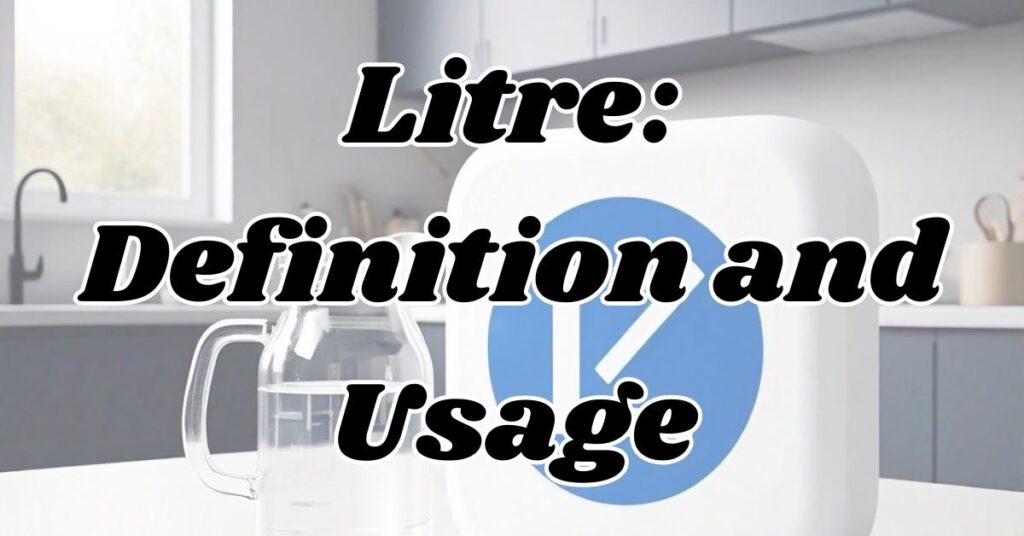
In British English, “litre” is widely accepted and used in various contexts such as cooking recipes or scientific measurements. For instance, a recipe might call for two litres of water or a car’s fuel tank may hold fifty litres.
This spelling aligns with British vocabulary norms and is recognized across British English regions.
Liter: Definition and Usage
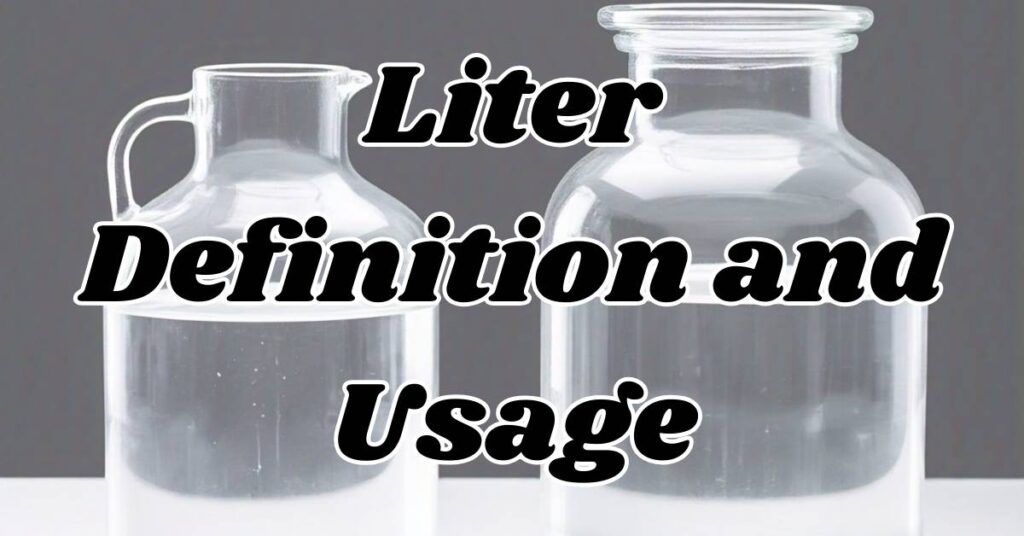
In contrast, American English favors “liter.” This spelling appears frequently in contexts like cooking or scientific research within the United States.
For example, a recipe might require one liter of broth or a laboratory might measure liquids in liters for accuracy. The preference for this spelling reflects not only linguistic choices but also cultural identity tied to language.
Synonyms for Liter
- Cubic decimeter
- Measure
- Volume
- Capacity
- Fluid measure
- Metric capacity
- Millilitre
- Bottle
- Tank
- Reservoir
Side by Side Comparison
| Feature | Litre (UK) | Liter (US) |
| Spelling | Litre | Liter |
| Usage Region | British English | American English |
| Common Contexts | Fuel, beverages | Cooking, science |
This table illustrates how both terms serve similar functions but cater to different audiences based on their regional spelling preferences.
Everyday Usage Examples
In daily life, you might encounter both terms frequently without realizing their significance. For instance, when shopping for groceries, you may see products labeled with either litres and liters depending on where you are shopping, be it a store in London or Los Angeles.
Academic or Scientific Writing: Follow the Style Guide
When writing academically or scientifically, it’s crucial to adhere to specific style guides that dictate whether to use “litre” and “liter.”
For example, publications following British standards will consistently use “litre,” while those aligned with American standards will prefer “liter.” Maintaining consistent spelling according to these guidelines ensures clarity and professionalism in your work.
Litre Example
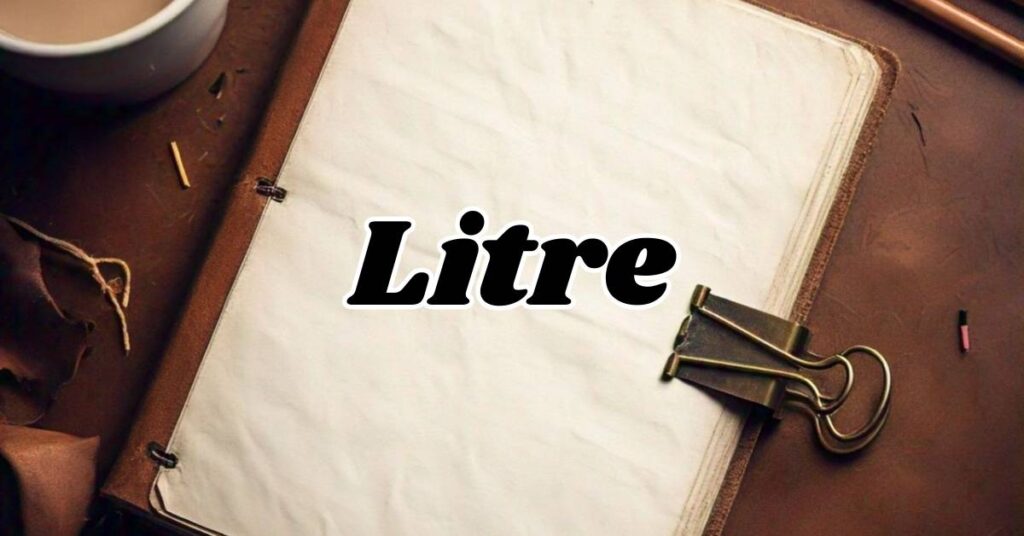
When discussing the term “litre,” it’s helpful to see how it fits into everyday language. Here are five examples that illustrate its usage in various contexts.
You May also Like It: Paradox vs Juxtaposition: Key Differences You Need to Know
“Litre” Examples in a Sentence
- The recipe requires three litres of vegetable broth for the soup.
- During the summer, I drink at least two litres of water each day to stay hydrated.
- The fuel tank of my car can hold up to 50 litres of petrol.
- At the grocery store, I found a bottle of juice that contained five litres.
- The laboratory measured the chemical solution in litres for accuracy.
Examples in Context
In British contexts, “litre” often appears in cooking and scientific discussions. For instance, a chef might specify that a sauce needs two litres of stock, ensuring precise measurements for flavor.
Similarly, in environmental studies, researchers may report findings based on the number of litres of water consumed or pollutants measured, emphasizing the importance of accurate volume measurement.
Liter Example
Now let’s explore how the term “liter” is used in American English. Understanding its application can enhance clarity in communication.
Examples of ‘Liter’ in a Sentence
- The recipe calls for one liter of milk to make the cake.
- After my workout, I usually drink about three liters of water to rehydrate.
- The car’s mileage is calculated based on liters consumed per 100 kilometers.
- We need one liter of paint to cover the entire wall.
- In our chemistry class, we learned to measure liquids in liters for experiments.
Examples in Context
According to American settings, “liter” is prevalent in both casual and professional conversations. For example, when discussing hydration after exercise, someone might say they aim to drink at least two liters of water daily.
In scientific contexts, students and professionals often refer to liters when conducting experiments or reporting data, ensuring that everyone understands the volume measurement being discussed.
You May also Like It: Witness’ or Witness’s: Which One is Correct?
FAQs: Litre or Liter
Is it litre and liter in Canada?
In Canada, both “litre” and “liter” are acceptable, but there is a slight preference for “litre.”
Is it 2 litre or a litre?
The correct form is “2 litres” in British English and “2 liters” in American English.
Is it liter and litre in the UK?
In the UK, the correct spelling is “litre.”
How do you spell litre in Australia?
In Australia, “litre” is the preferred spelling, following British English conventions.
Is it liter and litre of milk?
Both terms can be used, but “litre” is common in British contexts while “liter” is used in American contexts.
Conclusion
Understanding the difference between Litre or Liter is essential for effective communication in English. While both terms refer to the same unit of volume measurement, their usage varies between British and American English.
By recognizing these regional spelling preferences, you can enhance your writing and ensure clarity for your audience. Whether you choose “litre” and “liter,” being aware of your audience’s language conventions will help you convey your message accurately and confidently.

